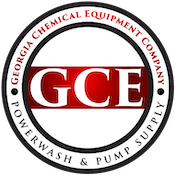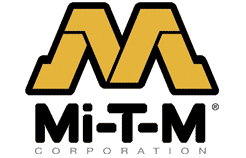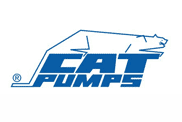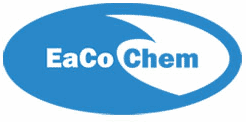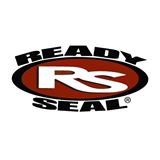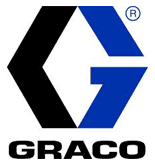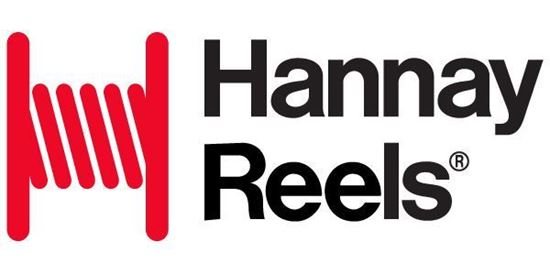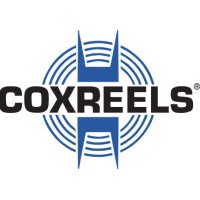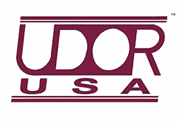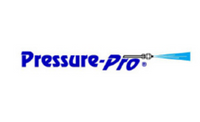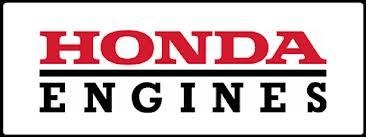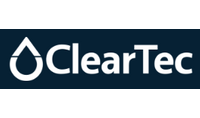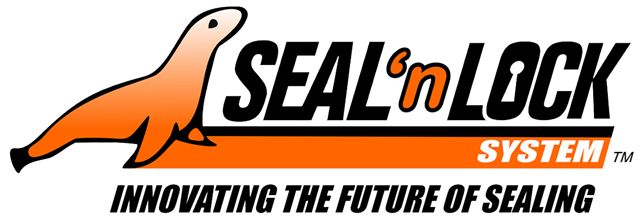Sodium Hydroxide vs. Potassium Hydroxide what’s the difference?
For the kitchen exhaust cleaning contractor, almost any cleaner you would want to use on the market today will be based on one or the other of these chemicals, or be a combination of the two.
You need to understand their differences, pros, and cons to be able to best choose a product to fit your needs.
Sodium Hydroxide (NaOH) and Potassium Hydroxide (KOH) are almost interchangeable. They are the most chemically similar of the hydroxides. They are both a white, strong alkaline, corrosive solid or powder. Sodium Hydroxide is more commonly known as lye or caustic soda whereas Potassium Hydroxide is known as potash.
Both are used to change fats into soap in a process called saponification. Even though their solubility in room temperature water is about the same, products made with potassium hydroxide exhibit a greater solubility especially as you increase the temperature of the water. Like all strong bases, the reaction of both Potassium Hydroxide and Sodium Hydroxide with water is strongly exothermic, in other words, they generate heat and give off hydrogen. But the reaction with Sodium Hydroxide is slightly more exothermic which can make up for other more positive factors that Potassium Hydroxide possesses.
The biggest difference between them is in cost because of certain factors; such as their production process by electrolysis, where potassium chloride costs more than sodium chloride (table salt), in ton quantities potassium hydroxide is about three times more expensive than sodium hydroxide.
At the molecular level, potassium hydroxide is also slightly smaller than sodium hydroxide, therefore it can penetrate oil molecules faster than sodium hydroxide thus breaking the oils hold on surfaces quicker and since they are also more soluble can be rinsed away easier, especially when using hotter water or steam equipment.
If you need to clean a metal surface that is coated with a hard baked-on oil or grease, you would prefer to use a potassium hydroxide with a hot water rinse. Where as a coating of thicker or soft oil or grease could be cleaned by using sodium hydroxide for less of a cost with lower temperature water required because of the better exothermic reaction.
Using a product that contains both chemicals is like getting the best of both, you will get a lower in price product with a better exothermic reaction than with Potassium Hydroxide alone, but you will have a faster penetration and better rinsing product than if it just had Sodium Hydroxide.
